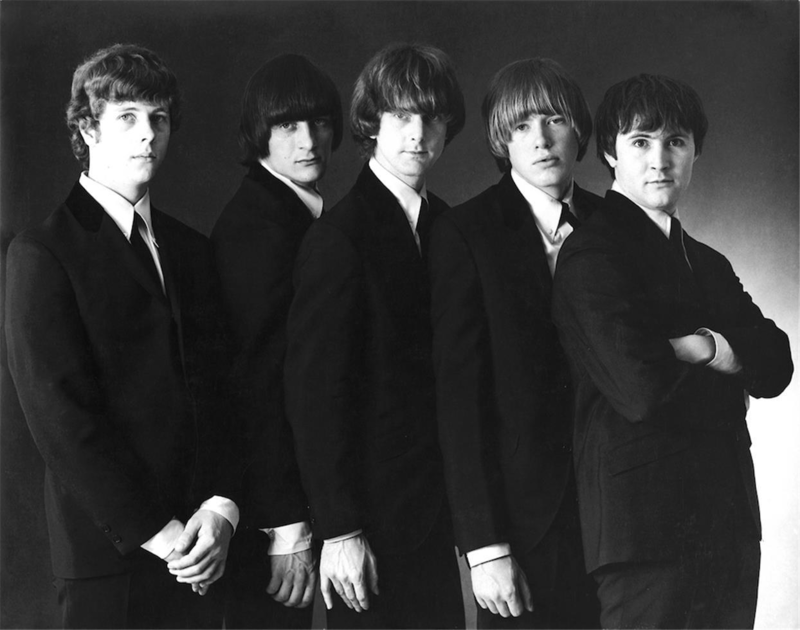Folk music has been around for ages, which is why there have been many subgenres of it that have been developed throughout the years. However, one of the subgenres that stood out the most was folk rock, a style of music that combines the clean and calming sounds of folk with the rather harsh and distorted sounds of rock. While the two genres may seem to be polar opposites, they actually worked quite well together when the subgenre became popular during the 1960s. To know more about this genre, here is a brief history of folk rock.
The Byrds and Folk Rock
Even though combining elements of rock music and folk music have been done before the mid-1960s, particularly by The Beatles, the term “folk rock” was only first used when the American rock band The Byrds released their cover of Bob Dylan’s “Mr. Tambourine Man,” where they added distorted guitars to their rendition. In June 1965, just two months after the release of the cover, the song peaked at number 1 on the Billboard chart. Music-focused historians regard The Byrds’ song to be the first folk rock hit in the history of music. When the cover became popular, other bands in the US and the UK started replicating the folk rock sound of The Byrds, thus initiating the boom of the subgenre.
The Byrds’ influence in music would still be felt until the 1970s when musicians are favoring distorted-sounding guitars more than the clean and ambient acoustic guitars (the staple for folk rock) but would still write songs based on folk-inspired chord progressions and melodies. In the same era, The Byrds would eventually move on to make psychedelic rock, a subgenre of rock that borrows elements from folk music as well.
Bob Dylan’s Folk Rock
What many people don’t know is that five days before The Byrds recorded the famous cover, Bob Dylan has already completed recording his fifth album, “Bringing it All Back Home.” The record was released on March 22, 1965, making it the first official folk rock album. For the album, Bob Dylan purposefully added a fully electric rock band for all of its 11 tracks. It is believed that Bob Dylan became inspired to create a folk album with rock elements when he heard The Beatles using folk chord progressions on their songs even if they are considered a pop rock band.
Bob Dylan continued recording folk rock hits, which included “Like a Rolling Stone” that was released on July 20, 1965, just three months after the release of The Byrds’ cover. The song was a six-minute-long track that is backed by a fully electric rock band while still incorporating Dylan’s lyrical or poetic sensibilities. This folk rock hit would eventually be one of the most influential songs of the subgenre, as many folk rock musicians tried to imitate Dylan’s unique style of music.
However, during the days following the release of the song, many of Dylan’s fans and avid listeners were not thrilled with his sudden shift from purely playing folk to utilizing an electric rock band. In fact, on July 20, 1965, at the Newport Folk Festival, Bob Dylan performed on stage with a full electric band. During his performance, he was met with boos and jeers from the audience that were folk purists and hated the change in Dylan’s style. Despite the negative reactions, Dylan’s performance at the Newport Folk Festival would eventually be considered a pivotal moment for the folk rock genre.
Rise of British Folk Rock
With Bob Dylan and The Byrds’ folk rock hits reaching the UK, it was inevitable that many British bands would be influenced to create their own folk rock songs as well. Two of the earliest British bands that incorporated folk rock into their music were Pentangle and Fairport Convention. The folk rock music in Britain sounds a little bit different from American folk rock, as the British version is influenced by psychedelic rock, which became more popular in the UK during the 1960s and caught on later in North America during the 1970s.
By the 1970s, British folk rock has been one of the influential music genres in the UK, as there have been dozens of folk rock bands that have emerged in that era. Folk rock would then become popular in Britain’s neighboring countries, particularly France. Scotland and Ireland would later form Celtic rock, a subgenre of rock that borrows specific elements from folk music.
Despite losing its steam or popularity by the 1980s due to the emergence of metal, progressive rock, and pop, folk rock remains influential to this day, as many indie bands in today’s era credit folk rock musicians as some of their main inspirations for creating their own music style. Who knows, we may even see the re-emergence of folk rock in the future, like what happened to most of the genres that were popular in the 1960s.
